- The paper presents an autoencoder-based deep learning framework to compress and reconstruct CSI, reducing feedback overhead in massive MIMO systems.
- The paper demonstrates that convolutional layers and attention mechanisms significantly improve CSI feature extraction and reconstruction accuracy.
- The paper addresses practical challenges including model complexity and limited real-world data, underscoring the need for standardized benchmarks in 5G and beyond.
Overview of Deep Learning-based CSI Feedback in Massive MIMO Systems
Deep learning (DL) has revolutionized various domains and now finds significant applications in enhancing communication systems. This essay explores DL-based channel state information (CSI) feedback mechanisms in massive multiple-input and multiple-output (MIMO) systems, emphasizing the architectures, methodologies, and challenges associated with implementing such systems.
Introduction to CSI Feedback
Massive MIMO systems, pivotal to 5G networks, depend heavily on the accuracy of the downlink channel state information (CSI) at the base station (BS). However, feeding back precise CSI from the user equipment (UE) to the BS can become bandwidth-intensive. This is exacerbated by the large number of antennas typically present in massive MIMO systems. DL-based CSI feedback has emerged as a promising solution to compress and reconstruct CSI accurately while reducing bandwidth overheads. An autoencoder-based framework is typically adopted for this purpose.
Figure 1 illustrates the generic architecture of an autoencoder used for this purpose.
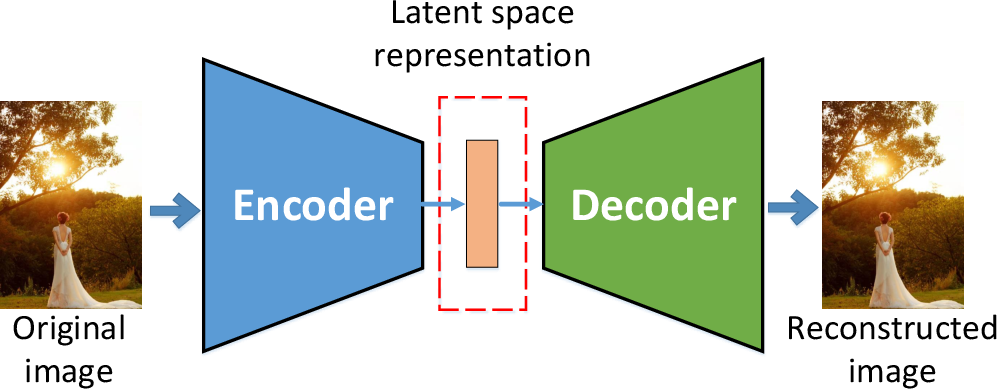
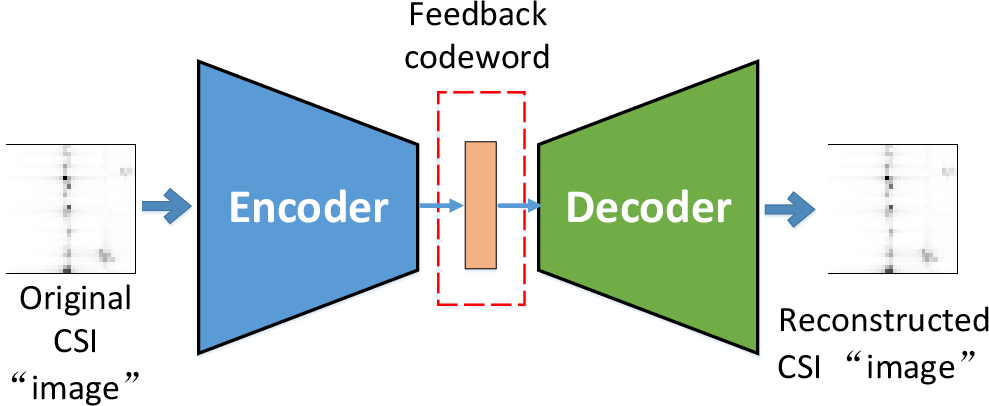
Figure 1: Illustration of autoencoder architectures. In image compression, the NN-based encoder compresses the original image into a low-dimensional representation and then the NN-based decoder reconstructs the image from the latent representation. The encoder and decoder are jointly trained. In the right sub-figure, the downlink CSI is regarded as a special type of "image".
Conventional CSI Feedback Schemes
Codebook-based Feedback
Traditional feedback mechanisms like Random Vector Quantization (RVQ) rely on a codebook of isotropically distributed unit vectors shared between the UE and the BS. Feedback accuracy and overhead grow with the size of the codebook, but so does computational complexity.
Figure 2 exemplifies codebook-based feedback.
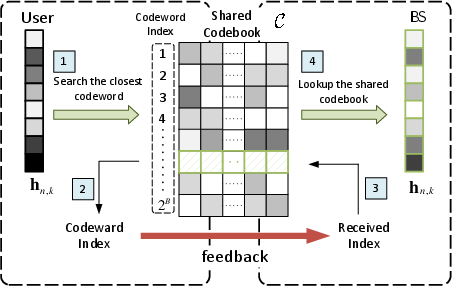
Figure 2: CSI codebook, shared by BS and UE, selects codeword closest to downlink CSI.
CS-based Feedback
Compressive Sensing (CS) leverages the sparsity in certain domains (e.g., spatial-frequency) to compress downlink CSI. However, practical deployment is often hindered by assumptions such as perfect sparsity and prohibitive algorithmic complexities.
Figure 3 illustrates CS-based frameworks, showing both the learning procedure and operational methodologies.

Figure 3: Schematic of CS-based feedback where sparsity in various domains is exploited to reduce feedback overhead.
Deep Network Architectures in CSI Feedback
Deep network architectures, including Fully Connected (FC) layers, Convolutional Neural Networks (CNNs), and recurrent networks such as Long Short-Term Memory (LSTM), play a crucial role.
Convolutional Layers
Convolutional layers, due to their spatial hierarchies, are particularly adept at extracting relevant features from CSI matrices, with significant improvements seen when expanding the receptive field or employing multiple resolutions. Efforts like CsiNet+, CRNet, and other models have widely adopted this approach.
Figure 4 shows a CNN-based encoder structure for CSI feedback.
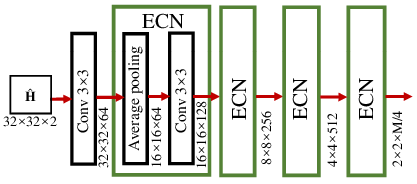
Figure 4: CNN encoder demonstrating full use of the spatial hierarchies via wide receptive fields.
Attention Mechanisms
Attention mechanisms further refine DL-based models by enabling networks to emphasize critical features. This is apparent in models like Attention-CsiNet, where attention modules improve reconstruction accuracy significantly.
Figure 5 showcases attention modules integrated into CSI feedback systems.

Figure 5: Application of attention mechanisms in DL-based CSI feedback models.
Challenges and Practical Considerations
Model Complexity
The primary challenge in implementing DL-based CSI feedback is balancing between model complexity and feedback accuracy. Methods like weight pruning and quantization/binarization are crucial to ensuring computational feasibility, especially at the UE which typically has limited computational capabilities.
Multirate Feedback and Error Resilience
Ensuring adaptability across various CRs and handling feedback errors are crucial for practical deployments. Techniques such as error correction blocks and multi-CR capable encoders (as implemented in SM-CsiNet+) have been explored.
Figure 6 underscores a multirate adaptive encoder framework.
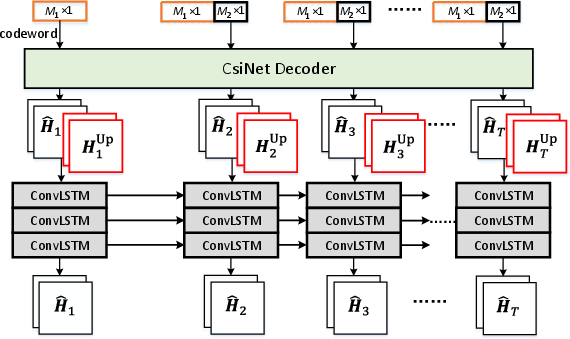
Figure 6: Encoder framework demonstrating multirate capabilities alongside error correction mechanics.
Real-world Data Collection and Standardization
Despite substantial advancements, realistic datasets are yet to be widely used in training these networks. This lack of real-world data highlights significant challenges in deploying DL-based feedback in practice—emphasizing the need for standardized benchmarks and methods suitable for 5G and future 6G applications.
Conclusion
Deep learning, with its potential to reduce overhead and improve CSI feedback accuracy, is quintessential for the next-generation massive MIMO systems. However, challenges such as model complexity, robustness to adverse conditions, and real-world dataset availability must be effectively addressed. As research progresses, the integration of DL into CSI feedback stands to continuously improve both spectral and spatial usage efficiency in cutting-edge wireless communications.








